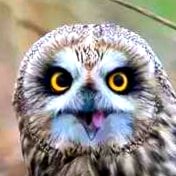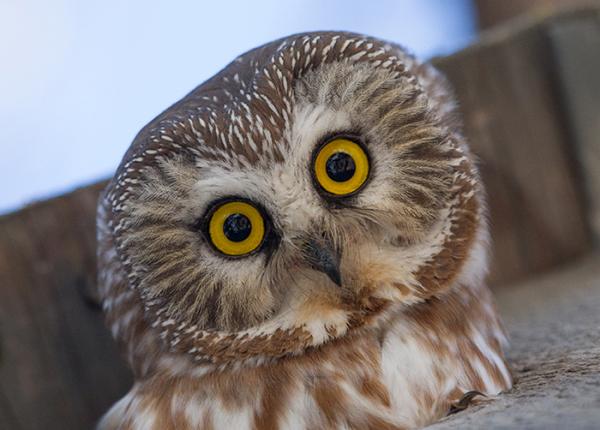From Bill Diller
Not sure what’s going on with this bird - It’s a snowy owl, but I’ve never seen one with this coloration. Photo taken today, 1/24/25, in Huron County, Michigan. Note; I did not manipulate this photo in any way, except normal processing. The color has not been enhanced or changed in any way. Very strange coloring.


Poor thing. Because it’s a “first-winter” bird does that mean it will keep its feathers longer or molt sooner? Or does it have nothing to do with it and adult Snowies all molt on the same schedule?
Great question!
Owls typically molt once a year, during the late summer/early fall. They lose feathers in a dispersed manner so they aren’t left with any big bald patches that would mess up their ability to fly/hunt. Living up in cold climates, Snowies don’t have time to grow a new set after shedding their juevenile grey feathers. So they are probably looking at this owl and seeing its feathers are evenly worn with no brand new pristine looking feathers here or there, or they just all look new maybe. I don’t know enough to tell that one from looking at it.
Here are some summertime Snowies at their in-between stage, losing their juvenile feathers and growing in their adult feathers. The grey helps them blend in with moss and lichen on the ground while they’re getting better at flying and building stamina.
It will likely take at least another full year for it to get new feathers, possibly longer if it’s ability to hunt gets impacted, as molting is very energy intense. Hopefully if it starts struggling they will be able to catch it and lend it a hand until it can molt or if they find a way to clean it.
I did find this massive guide to aging Snowies by feather patterns. It’s 77 pages of pictures and details! I’ll have to read it when I have more time.